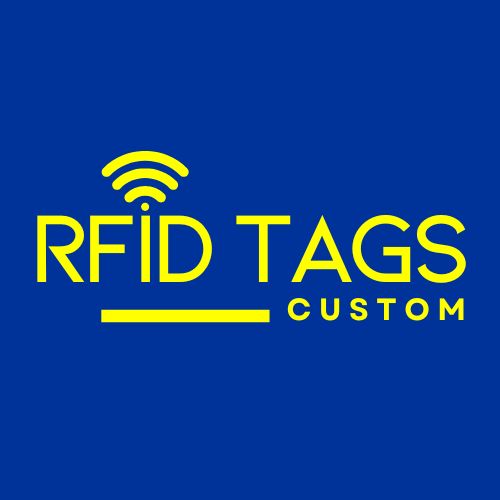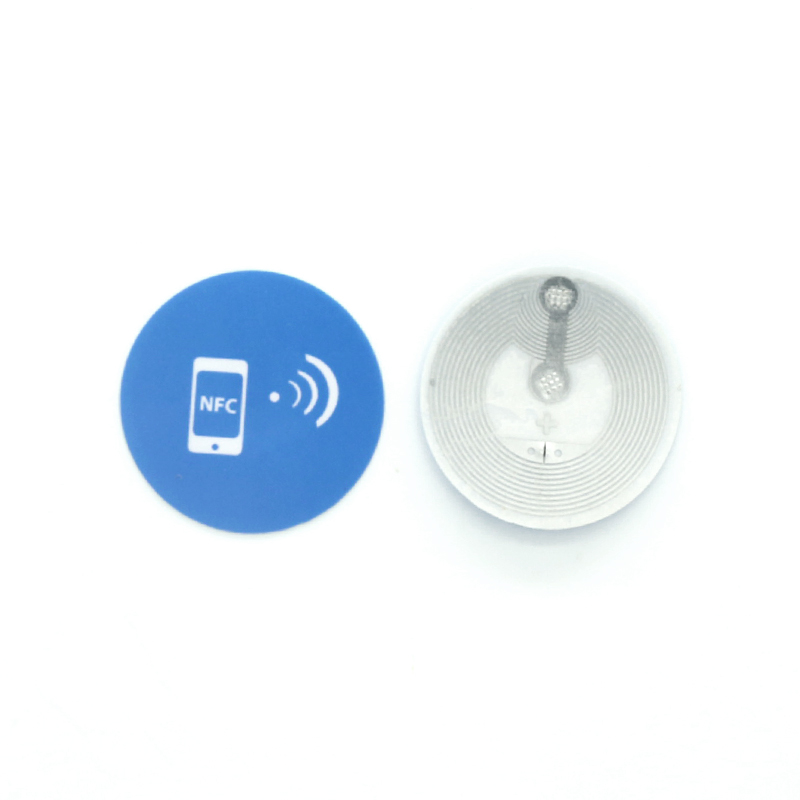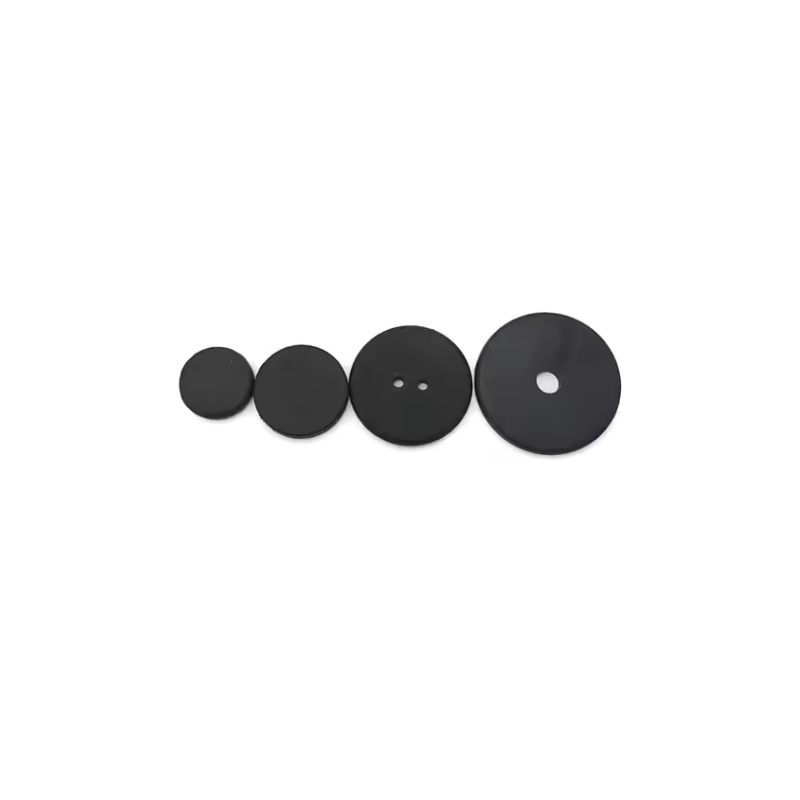
860-960Mhz Passive Paper Label UHF RFID Tags for Tracking
860–960MHz Passive Paper Label UHF RFID Tags for Tracking Assets & Inventory
Are you looking to improve how you track your assets, shipments, or products? Our 860–960MHz passive paper label UHF RFID tags for tracking are engineered for high performance, long read range, and seamless integration with standard UHF systems. These RFID tags are lightweight, cost-effective, and perfect for businesses needing scalable, real-time visibility across operations.
What Are RFID Tags for Tracking?
RFID tags for tracking use radio frequency signals to transmit data wirelessly to an RFID reader. These passive UHF tags—operating in the global 860–960MHz frequency range—allow businesses to:
- Monitor inventory levels in real-time
- Improve warehouse accuracy
- Track goods across the supply chain
- Replace outdated barcode systems
Our paper label UHF RFID tags provide a battery-free, eco-friendly solution ideal for logistics, retail, manufacturing, and distribution.
Features & Benefits of UHF RFID Tags for Tracking
- Long-Range Scanning
Read distances up to 10 meters for efficient hands-free tracking. - Cost-Effective
Passive tags require no battery and offer low per-unit cost, which is perfect for bulk usage. - Durable Paper Design
Designed for one-time or temporary use, yet rugged enough to withstand shipping, handling, and environmental changes. - Flexible Applications
Ideal for pallets, cartons, crates, files, or high-value item tracking. - System Compatibility
Supports EPC Gen2 and ISO 18000-6C protocols for broad reader support.
Technical Data
| Feature | Specification |
| Frequency Range | 860–960 MHz |
| Protocol | EPC Gen2 / ISO 18000-6C |
| Tag Type | Passive Paper Label |
| Size | 75mm × 50mm (custom sizes available) |
| Read Range | Up to 10 meters (depending on environment & reader) |
| Material | Paper-based adhesive label |
| Operating Temperature | -20°C to 80°C |
| Storage Temperature | -40°C to 85°C |
| Data Retention | Up to 10 years |
| Applications | Asset tracking, logistics, inventory, warehouse automation |
FAQ
Can these RFID tags be printed on?
Yes! Our paper label RFID tags can be printed and encoded with your data.
Are these tags compatible with all RFID readers?
They work with any UHF Gen 2 / ISO 18000-6C compliant reader.
Do you offer custom tag sizes?
Absolutely. Custom shapes and sizes are available based on your needs.
Ready to Improve Your Tracking System?
Whether you’re managing a warehouse, a retail floor, or an asset fleet, our UHF RFID Tags for tracking are the smart, scalable, and cost-effective choice.
📦 Contact us now or 💬 WhatsApp Chat to discuss your project, get a quote, or request a free sample.
Let’s simplify your operations—with RFID, you can trust.
Get Your Custom RFID Tags
As a leading custom RFID tag manufacturer, we craft solutions based on the unique needs of your operation. We offer a wide range of customization options, including material, size, frequency, encoding, and read distance, ensuring each RFID Tag is perfectly customized to your requirements. No matter what application you use RFID tags for, we can provide rugged, reliable RFID tags that meet the highest quality and durability standards. Here are the main ways we customize RFID tags to fit your needs.

Material Selection
Material is key for customizing RFID tags. Plastic works in harsh conditions, while softer materials suit delicate spaces. Different materials also affect signal performance. Pick what fits your use case to ensure your tags last and work reliably.

Customized Size
Size shapes usability. Small tags fit tight spaces or tiny items, while larger tags are easily read. In crowded areas, sleek tags prevent clashes. Align shape and dimension with your goods for visibility, convenience, and performance.

Frequency Requirements
Choose LF, HF, or UHF based on read range, speed, and interference. LF and HF resist metals and liquids but have shorter ranges. UHF offers an extended range yet may face signal blocks. Match frequency to your environment for reliable performance.

Reading Distance
Define the distance at which you have to read the tag. Short distances work for retail checkouts, while warehouses may need meters of coverage. Antenna design, reader settings, and power outputs affect range.Adjust these factors to capture data accurately at the distance you need.

Encode
Plan how data is stored on each tag. Some only hold an ID, while others contain detailed info. Decide if you need a simple EPC or added user memory. Ensure your chosen format works with existing software. Proper encoding streamlines processes and slashes errors.

Application Environment
Consider real-world conditions. Temperature swings, humidity, and chemicals can degrade tags. For outdoor use, opt for UV-resistant casings. In healthcare or food settings, ensure compliance with safety rules. Matching your tags to the environment maximizes their lifespan.
Related Products
Customize any RFID tags from our factory to meet your requirements.



